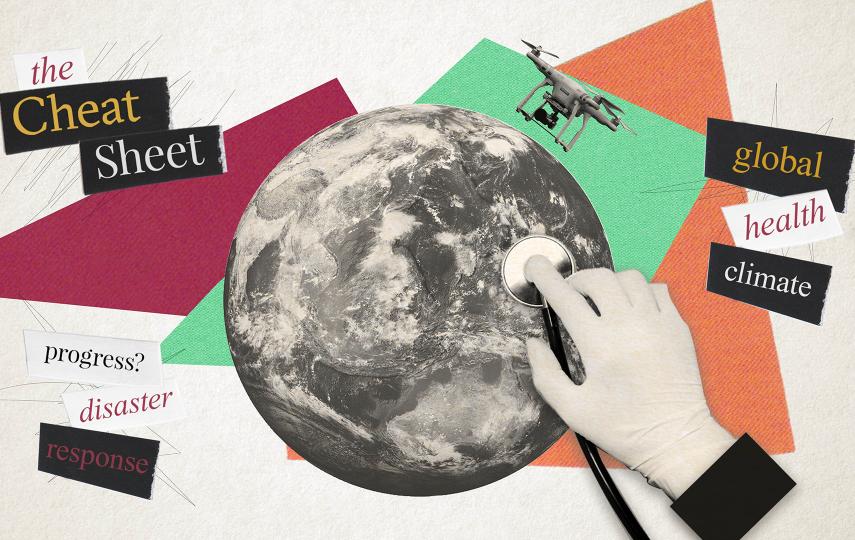JOHANNESBURG
Rural Zimbabweans are facing a “desperate” food security situation due to a combination of a bad harvest and deepening poverty that has exhausted household coping mechanisms, development workers told IRIN.
In Matebeleland, according to the available data, “people are already cutting down to one meal a day”, Ed Watkiss of Christian Aid told IRIN. “There could be widespread hunger and malnutrition by early next year.” The Zambezi valley, and parts of Manicaland and Masvingo - areas that were hit by cyclone Eline last year - have also been affected.
This season’s harvest of the staple maize was patchy across much of Zimbabwe. A sequence of misfortunes began with a short drought at the beginning of the year that wilted crops in the fields. Localised heavy rains followed, leading to the leaching of nutrients and cob rot, further hurting yields. And as if that was not enough, some areas were also hit by an infestation of pests.
Save the Children Fund’s (SCF) Chris McGyver told IRIN that in Binga district in the Zambezi valley, along the northwestern border of Zimbabwe, there was a 40 percent drop in food production. The area has historically been a food deficit region. “Because people are already living at a fairly stressed level, even a small shock in the system is enough to catapult people into a disastrous situation”, he said.
“People are hungry but they are not dropping dead,” noted McGyver. “But if we don’t do a pre-emptive intervention now, by next year we could be screaming to the donors to save lives.”
A clutch of NGOs including SCF and Christian Aid are being funded by the British government to provide food assistance to communities at risk. In Binga, SCF has assessed half the households as “poor” and in need of aid, and is planning a relief operation to cover 60,000 people over the next four months.
Christian Aid, alongside partner organisations, has launched a food distribution programme for primary school children and under fives in selected localities across much of southern Zimbabwe and Matabeleland North. But the organisation has found that in some areas, the numbers of children expected to receive the rations of fortified porridge have been under-estimated. “There are lots of orphans and kids from the urban areas,” Watkiss said. While Zimbabwe’s inflation rate has hit 70 percent, food inflation is over 100 percent, and “with urban poverty shooting up, people are sending their kids into the countryside”.
In areas that have had a bad harvest, people have exhausted available resources to buy food. The resulting livestock glut has depressed market prices. According to Watkiss, a cow which should fetch the equivalent of US $145 to US $181 was now selling for US $54. On the other hand, the price of a 20 kg bucket of grain has risen from US $2 to US $5. Traditionally, 35 percent of rural incomes were based on remittances from urban-based family members. However, Zimbabwe’s deepening economic woes have led to the drying up of that lifeline.
The internal market has also been frustrated by a government statute reintroducing the monopoly of the Grain Marketing Board (GMB). But the parastatal’s rates are only 80 percent of the commercial market price. Rather than benefiting consumers, the policy has exacerbated shortages. “People who have produced want to sell for the maximum price to recover their cost. They’re hoarding, any sensible person would,” said Watkiss.
He added that the depth of rural poverty had repercussions for next season. Zimbabwe’s planting season begins around November, but increasing numbers of households are unable to afford basic inputs. “Given the economic limitations and the availability of fertiliser and seed, we could be facing another reduced harvest in the upcoming season even if the rains are sufficient,” Watkiss said.
This article was produced by IRIN News while it was part of the United Nations Office for the Coordination of Humanitarian Affairs. Please send queries on copyright or liability to the UN. For more information: https://shop.un.org/rights-permissions
![WFP has no choice but to reduce rations for some to feed others who are more desperate [Angola] Food-aid queue.](https://assets.thenewhumanitarian.org/s3fs-public/images/1443.jpg)




